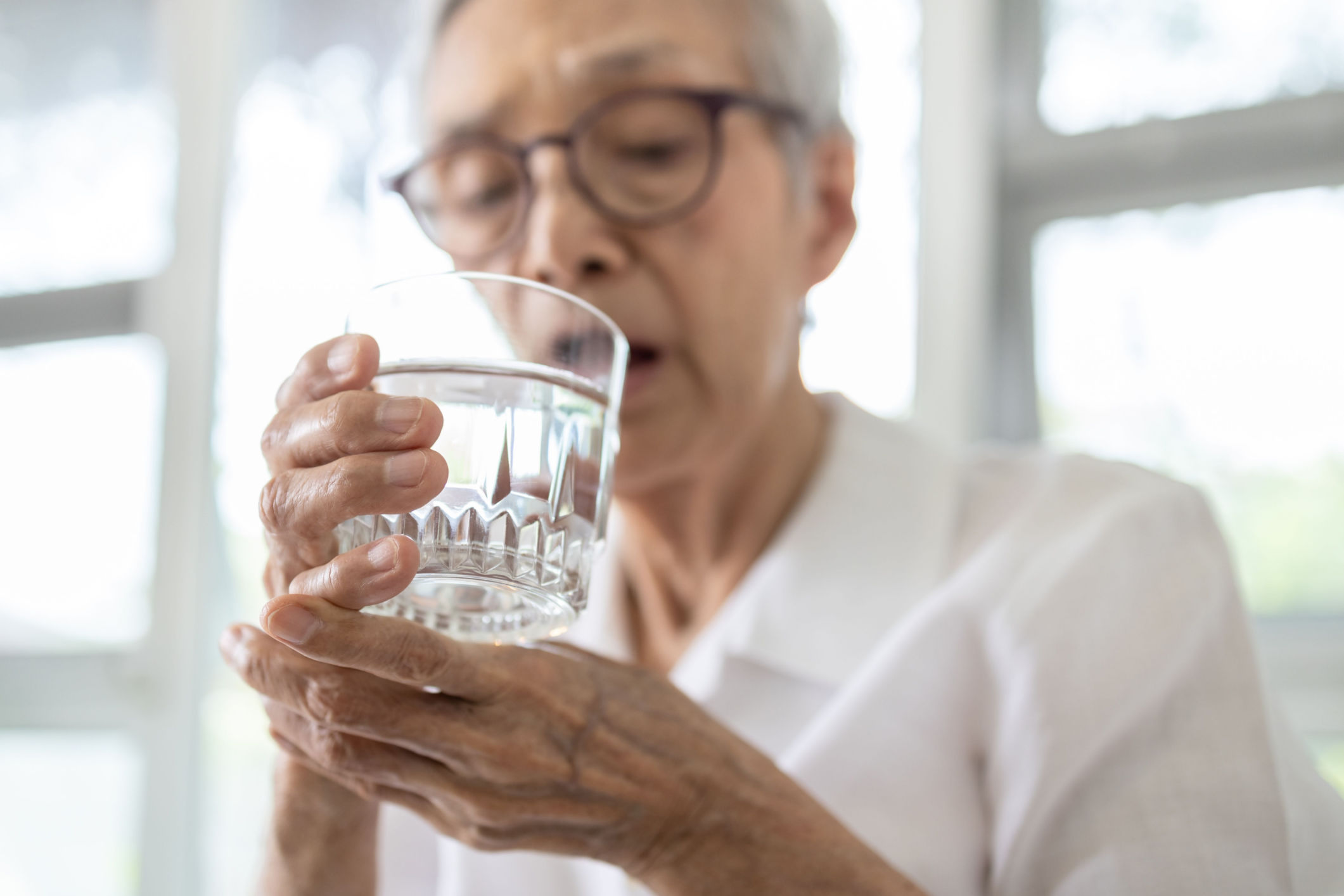
Artificial intelligence has been used to successfully predict the onset of Parkinson’s disease almost 15 years before symptoms appeared through research conducted by a team of global experts.
UNSW Sydney and Boston University scientists worked together to develop a machine-learning program that can analyse biomarkers in blood samples for metabolites typically found in people with Parkinson’s.
It could be a major breakthrough for people with Parkinson’s as no blood or laboratory test is available to diagnose non-genetic cases. Currently, people must rely on diagnosis once physical symptoms such as a resting hand tremor appear, but the disease could be diagnosed far earlier through a successful blood test.
It’s estimated that over 100,000 Australians have Parkinson’s disease – some figures say 219,000 people – with approximately 32 new cases diagnosed daily.
As part of the research, the scientists were able to compare data collected up to 15 years prior to an official Parkinson’s diagnosis. With an extensive amount of information at their fingertips, they could take a new approach when analysing blood samples.
“The most common method of analysing metabolomics data is through statistical approaches,” researcher Diana Zhang explained. “So to figure out which metabolites are more significant for the disease versus control groups, researchers usually look at correlations involving specific molecules.”
“But here we take into account that metabolites can have associations with other metabolites – which is where the machine learning comes in. With hundreds to thousands of metabolites, we’ve used computational power to understand what’s going on.”
Artificial intelligence provided the computational power for CRANK-MS – otherwise known as the rather clunky Classification and Ranking Analysis using Neural network generates Knowledge from Mass Spectrometry.
There was no need to filter information for CRANK-MS as it could analyse hundreds of different combinations of metabolites. It would be near-impossible for humans to analyse those combinations unassisted.
Despite a 96% success rate in detecting Parkinson’s disease, Associate Professor W. Alexander Donald acknowledged that the high accuracy rate was not common in clinical diagnosis. He said more research needs to be conducted due to the small sample size.
I stopped most of my Parkinson’s disease medications due to severe side effects and I started on herbal treatments from Natural Herbs Centre (naturalherbscentre. com), the treatment has made a very huge difference for me. My symptoms including body weakness and Swallowing difficulties disappeared after few months on the treatment. I am getting active again since starting this treatment.